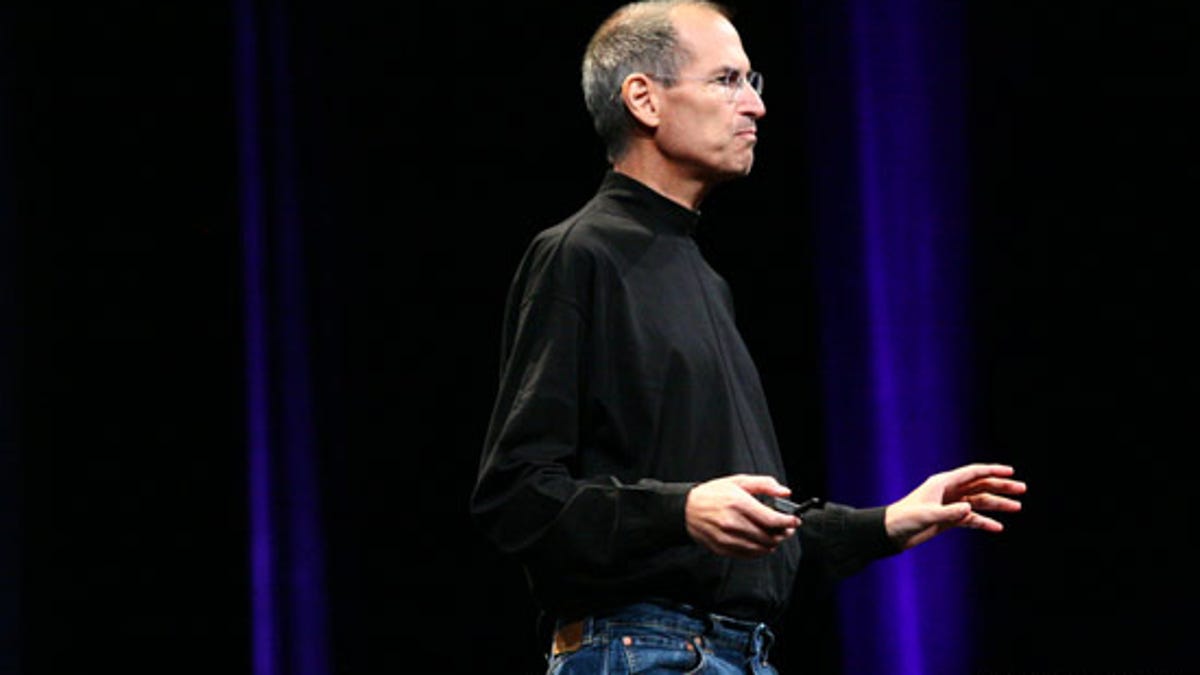Apple prepares for six months without Jobs
It's impossible to say Apple won't miss its iconic leader while he recuperates until June. But, for the most part, it should be business as usual in Cupertino; at least for now.

How will Apple fare without CEO Steve Jobs at the helm for six months? History provides some indication.
Clearly, Apple will miss its legendary CEO while he takes a leave of absence to recuperate from health problems that are apparently much more serious than previously thought. But Apple is in far better shape in January 2009 than it was in August 2004, when Jobs announced he had undergone surgery for pancreatic cancer and would have to take a few months off.
These days the company has three strong product lines, a worldwide network of retail stores and, with $24 billion in the bank, the financial resources to outlast a deep recession. Flash back to the summer of 2004, when Apple was a very different place.
At the time, Apple was just getting onto solid financial ground, growing revenue by 30 percent compared with the previous year while posting net income of $61 million. By contrast, Apple recorded a net profit of $1.14 billion during the fourth fiscal quarter of 2008.
While the Mac was starting to make a comeback, that resurgence wouldn't really start in earnest until 2006 when Apple switched its processor supplier to Intel. Behind the scenes, Jobs and Co. were hard at work on that transition. The project involved a massive overhaul of Apple's code even though for years, the company had maintained a laboratory version of Mac OS X that was compatible with Intel's chips.
The iPhone was barely a concept, about to make the leap from vision to hardware, according to a Wired article detailing the behind-the-scenes development of the product that has become one of Apple's most important cash cows. It would be years--and many redesigns--later before the iPhone came to resemble the product we now know.
And the iPod was about to make a huge leap, with game-changing products such as the iPod Nano and iPod Video in development before their eventual release in 2005.
The point? These were all crucial projects that were under way when Jobs took his first medical leave of absence, from August 2004 to October, when he returned to full-time duties. And Apple managed them well enough.
This is the likely scenario for the next five months or so, while Jobs recuperates and Apple COO Tim Cook runs the company. We don't know exactly what kinds of projects Apple is working on behind closed doors, but Apple has shown in the past it can continue to develop crucial projects while its leader is sidelined, something they'll have to prove again in 2009.
Piper Jaffray's Gene Munster might have said it best late Wednesday: "While the iconic leadership of Steve Jobs cannot be fully replaced, we believe his core attributes as a CEO, operationally and with products, can be replicated."
But therein lies the question: what will Apple do in the long term?
CNBC reported Wednesday that two prominent tech industry executives have recently expressed "dire concerns" over Jobs' health. While unpleasant, Apple has no choice but to consider the possibility that Jobs' absence could be longer than anticipated.
That potential challenge, more than anything else Apple will do this year, is what Cook and Apple's board of directors must tackle in the coming months. The products? They'll be fine.